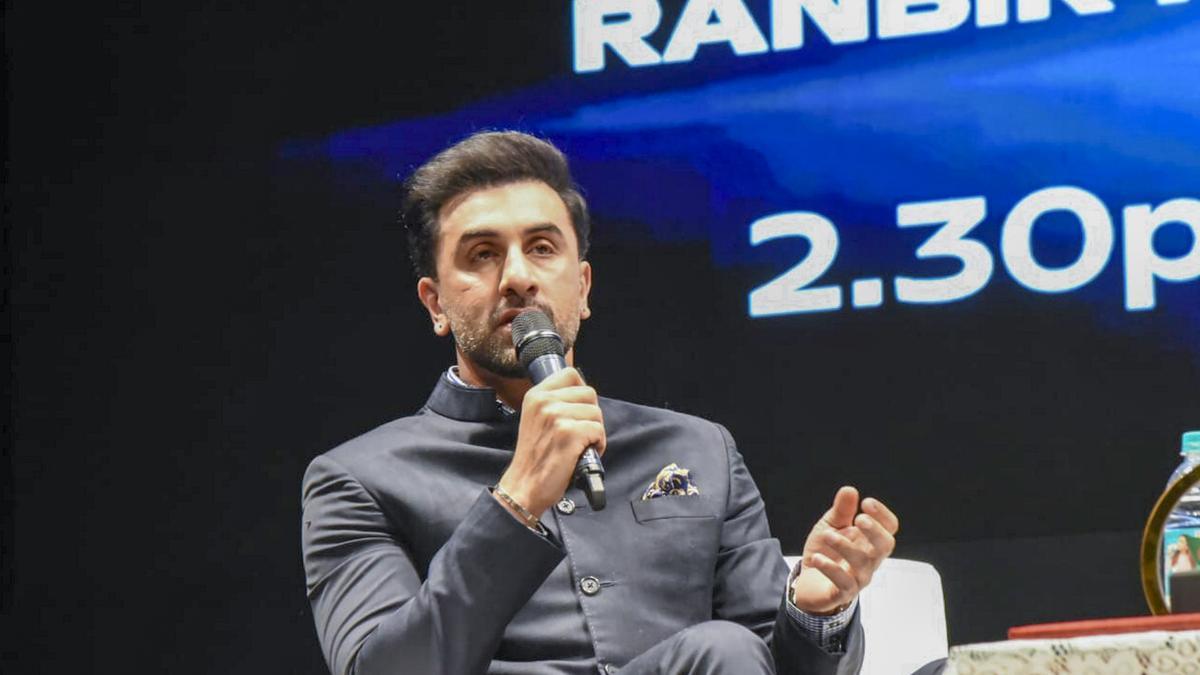
As Indian captain Rohit Sharma prepares to guide the national team in the forthcoming three-match Test series against New Zealand commencing October 16, he brings a strategic approach that reflects his deep understanding of the game. Having successfully led the team across all formats, Sharma is now focused on advancing the Indian team to the World Test Championship final for the third consecutive time. The upcoming series is a crucial step in this journey where the team’s performance could set the tone for future engagements, especially with the challenging Australia series looming at the end of the year.
India’s squad selection for the New Zealand Tests has been meticulously balanced across all departments. Notably, Mohammed Shami remains absent as he continues his recovery post-ankle surgery, but the squad is far from lacking firepower. Leading the pace attack, India has experienced bowlers like Jasprit Bumrah and Mohammed Siraj, alongside promising newcomer Akash Deep. Furthermore, the decision to include an all-pace reserve lineup underlines Sharma’s intent on fortifying the bowling arsenal for any eventuality.
On the eve of the series opener, Rohit Sharma articulated his rationale for emphasizing pace strength, highlighting the need to cultivate a formidable bench in the bowling department to parallel the options available in batting. “When it comes to batting, there are a lot of options. We want to create the same in bowling as well. We want to create bench strength where tomorrow if anything happens to anyone, we are not worried,” Sharma commented, underscoring his strategic foresight.
Rohit’s vision extends beyond mere preparation for the current series, emphasizing a future-proof strategy that mitigates the risk of over-reliance on a handful of players. “We don’t want to be heavily reliant on a few individuals. That is not the right thing to do. We want to look at the future and try and make sure we get the right guys in as well,” he elaborated, pointing to a holistic team development approach that seeks longevity over short-term gains.
.
With key players like Mohammed Shami on the recovery path and others dealing with injuries, the decision to bolter the reserves with Mayank Yadav, Prasidh Krishna, Harshit Rana, and Nitish Kumar Reddy speaks volumes of the prudence and planning behind team selection. The inclusion of these pace bowlers in the reserves is not just a precaution but a calculated move to ensure India’s readiness in the face of potential injuries. “So tomorrow, if we feel like they are ready to take that role (replacing an injured pacer), they should be ready for it. They have obviously played a few games before we made this announcement,” Sharma stated confidently.
These young pace options have been primed through key domestic tournaments such as the Duleep Trophy and the Irani Trophy, which have played pivotal roles in grooming them for potential international exposure. Sharma emphasized the importance of observing these players in the Test cricket environment, a format that distinctly challenges cricketing skills and temperament. “In the short period of time, they have shown they have ability as well. We want to keep them with the team and see whether they will be ready for international cricket or not, especially Test cricket because Test cricket is a different ball game compared to white ball cricket,” Sharma reflected.
Moreover, Sharma acknowledged the potential necessity to fast-track certain talents to serve the evolving needs of Indian cricket. “Sometimes you have to fast-track someone. That is only in the betterment of Indian cricket,” he remarked, expressing trust in the abilities of newcomers like Nitish Reddy and Harshit Rana. These individuals, according to the captain, are slated to offer substantial stability in the team’s future endeavors. “In the future, they are going to provide a lot of stability. So, it’s always nice to just have them around and see their mindset,” he concluded optimistically.
As the New Zealand series approach, Rohit Sharma’s vision of a robust all-pace reserve signals a forward-thinking strategy designed to ensure India’s competitive edge across formats and conditions, striving to keep the Men in Blue resilient and responsive to the dynamic nature of international cricket.










